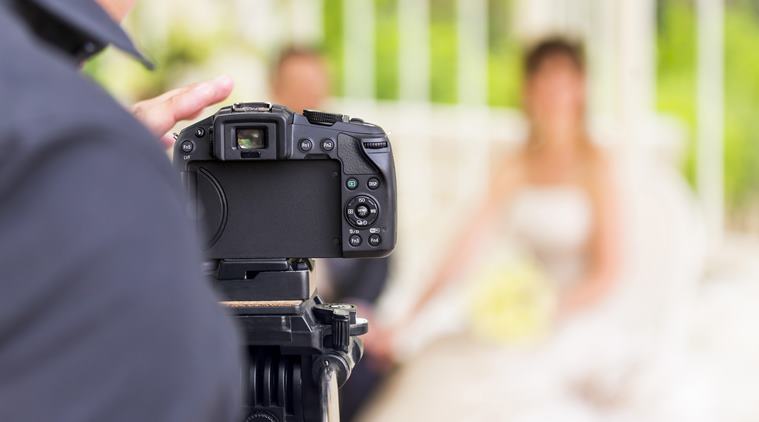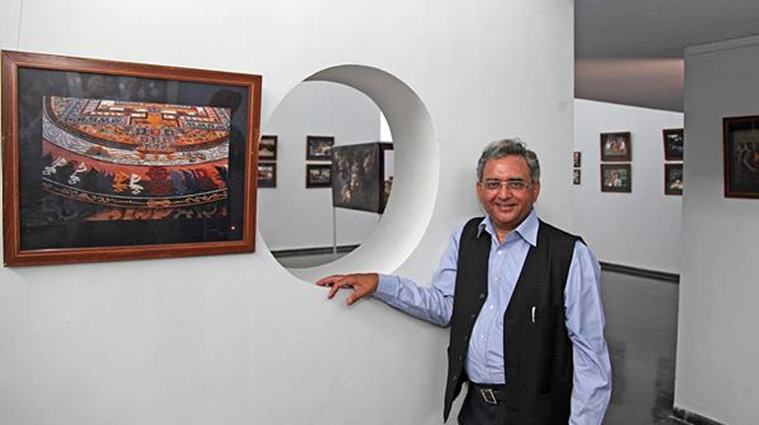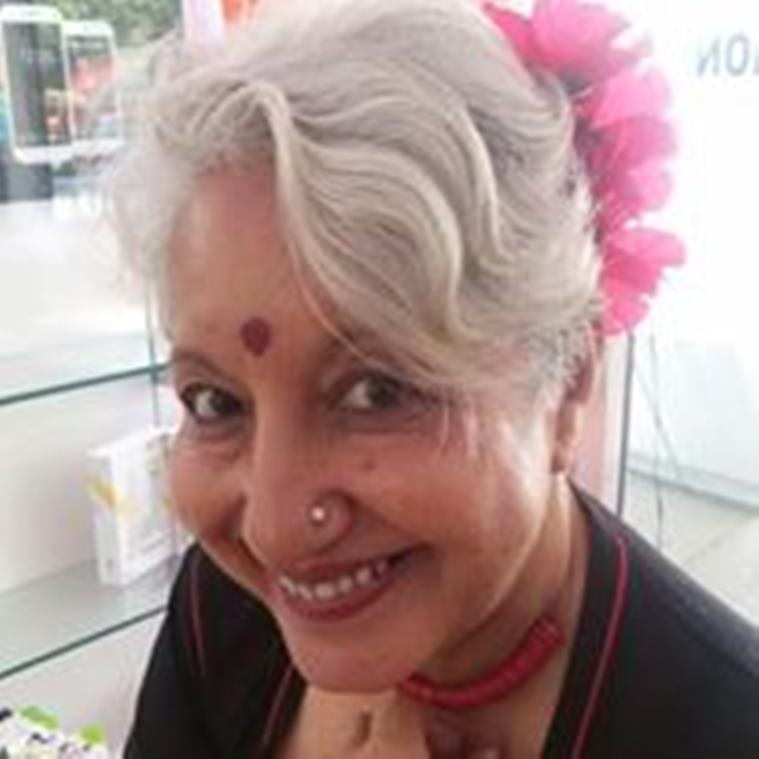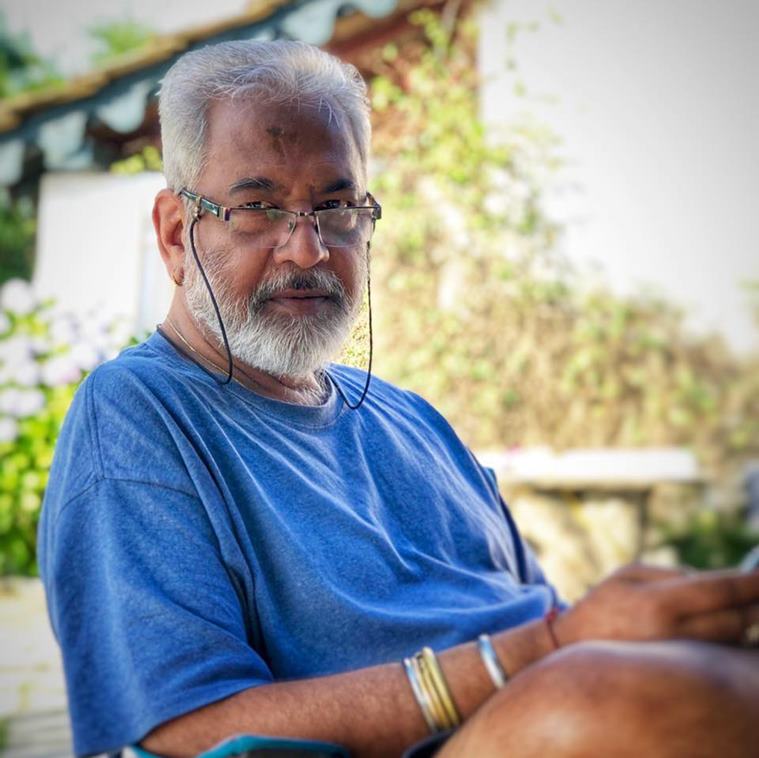
While the approach to photography has changed over the years and more people have embraced it as a full-fledged career, photojournalists and photography experts swear by not the latest techniques but the basics of the craft. From investing in a “good and professional camera” to understanding the subjects and the camera angles that “can make all the difference”, experts shares tips for amateurs in a conversation with indianexpress.com.
The coming of digital technology and the change in the quality of cameras from the earlier analogue ones that used film rolls means one who is passionate about photography must invest in a good camera, says senior freelance photojournalist Vijay Kranti, who is best known for his over four decades of photo documentation of Tibetan life and culture — inside and outside of Tibet.

“Ask advice from senior photographers, study about different types of cameras and choose the one that has the best camera sensor. Once you invest in a camera, you can be assured of a good quality photograph. Also, there is no longer the worry about buying film rolls like the earlier times. So, make sure you are not a miser when it comes to this essential requirement of a quality camera,” he says.
ALSO SEE: World Photography Day: Quotes by photographers on photography
For filmmaker-turned-photographer Aruna HarPrasad whose love for the lens and eye for details have been an integral part of her illustrious career for nearly four decades, the invisibility of the photographer makes all the difference. “I strongly believe that a photographer needs to be invisible and not invasive to people or wildlife. A photographer must find such a position that your subject doesn’t change his or her natural reaction or expression because of one’s presence,” she says.
According to her, camera angles play a quintessential role. “I realised that photography is not about the camera or lens one uses, but the angle from which it is captured. An image gets a whole new dimension or meaning from the angle it is shot,” points out HarPrasad.
Concurring, Kranti says that it is also the “moral responsibility” of the photographer to ensure they have the subject’s best interests in mind.
“I once happened to get a beautiful shot in the backdrop of India Gate in Delhi where a young couple were holding hands and enjoying themselves. But considering that the image might make them run into trouble with their families, I stayed away from publishing it,” he shares, adding, it is necessary for the photographer to be a good judge of the situation, and not “put the subject in any sort of trouble.”
Though technology has brought in a level-playing field in the world of photography with people being able to take faraway shots with the use of zoom lens, HarPrasad is of the opinion that there is no matching a shot taken from close quarters. Sharing one of her memorable experiences of documenting a high-powered chase between a female Thomson gazelle and a cheetah in Tanzania from 2017, she says that it’s important to know when “something is about to happen and use your presence of mind to capture it”.

“I remember, we were in a jeep and because of the noise of the jeep, the cheetah was getting distracted. That is when we decided to pause and in his view came a female Thomson Gazelle and he started chasing her. Almost wounded, she was then chased by a hyena. The cheetah took a step back because hyenas are known for their strong jaws, even stronger than cheetahs. But when the hyena couldn’t chase the wounded gazelle anymore as they are no good runners, he backed off and it was almost as if the hyena looked at the cheetah to say, ‘she’s your prey’. The visibly hungry cheetah then ran straight for the gazelle. It caught her and when the cheetah dropped the carcass, the hyena picked it up and went its way,” she recounts, adding that along with strong intuition, it is equally important to study your subjects to know how and when they react, and be patient for moments to happen.
But where does a budding photographer take inspiration from? “For any passionate photographer, I only advise them that they must take inspiration from artistes like dancers and musicians.

“While a lot of people think photography is just visuals, I feel it is equally about practice or riyaaz. The riyaaz that artistes do, the number of hours they put in, that kind of commitment is a must in photography too,” said Dinesh Khanna, who has been working with images especially in the area of food, still-life, people and interiors, and is a co-founder of the biennale Delhi Photo Festival.
For Shoba Jolly, who has been a street photographer for about 10 years now, budding photographers must endeavour to capture his/her feeling in the photograph. “When a photographer shoots a scene, the emotion that he or she is feeling must get reflected in the photograph,” she says.
Stressing on capturing layers in a photograph to have greater impact, Jolly says that something must be happening in the foreground, middle and background which combines to tell a story. “The elements should work together and not be overlapping each other,” she advises.
For editing, Kranti points out that budding photographers should master techniques like Photoshop “very religiously”. “In order to enhance the quality of your work in terms of contrasts or bring in rich colours, it is important to know the techniques well,” he shares.
In addition, Kranti recommends that photographers must maintain their own archives in hard drives. “It is important that budding photographers save at least two copies of their work with proper indexing, so that even if one is lost or damaged, the other is available. For that, there is a need to invest wisely in technology.”
When on the field in difficult circumstances, safety is essential, not just of the equipment but his/her own, sums up Kranti.